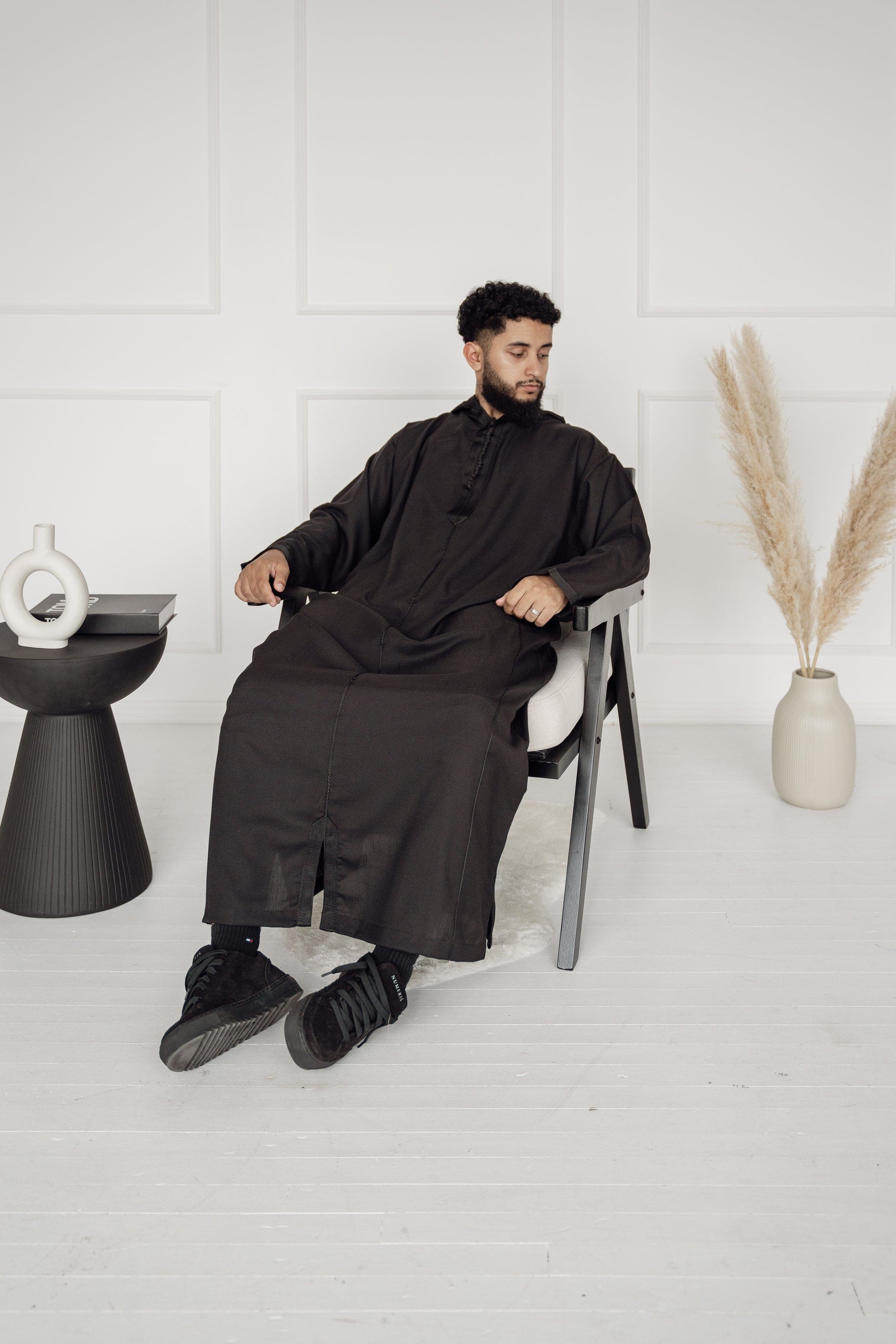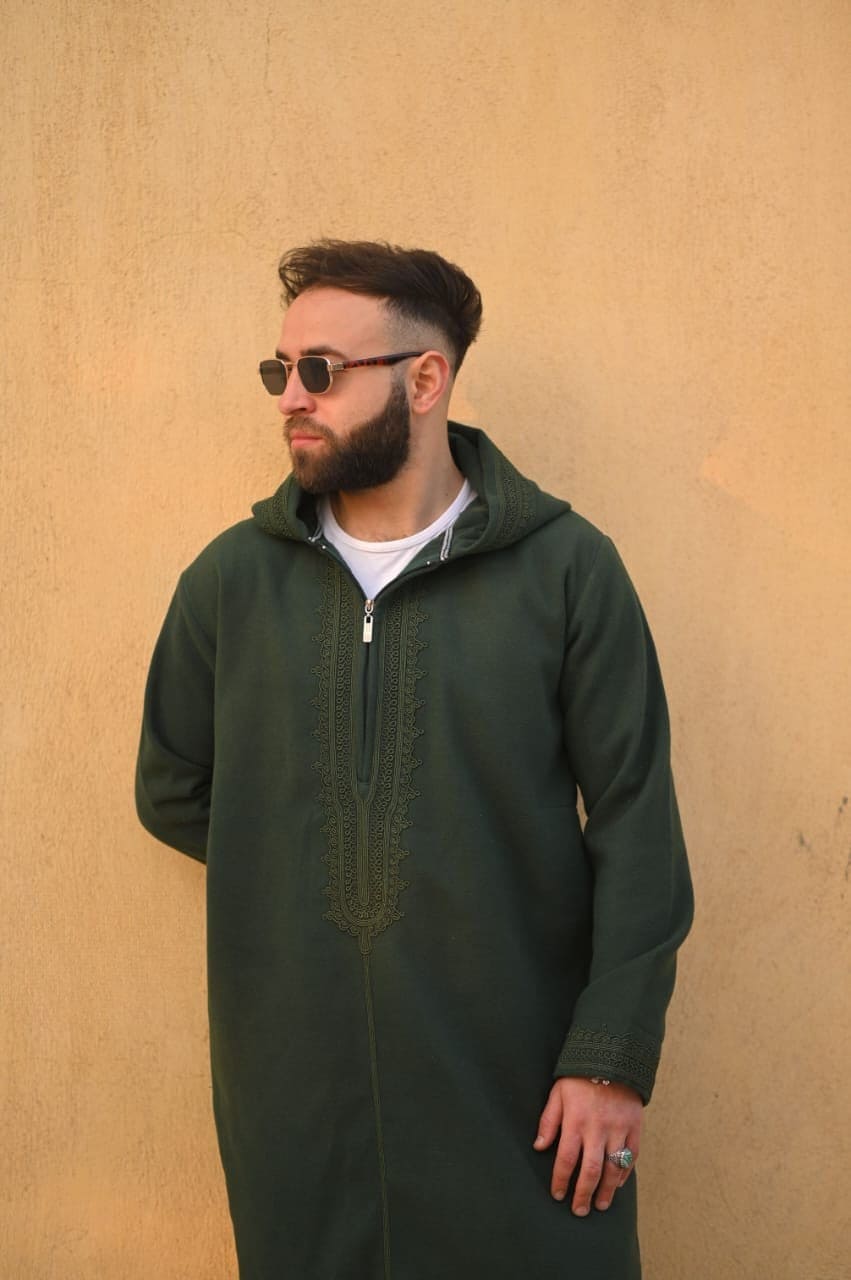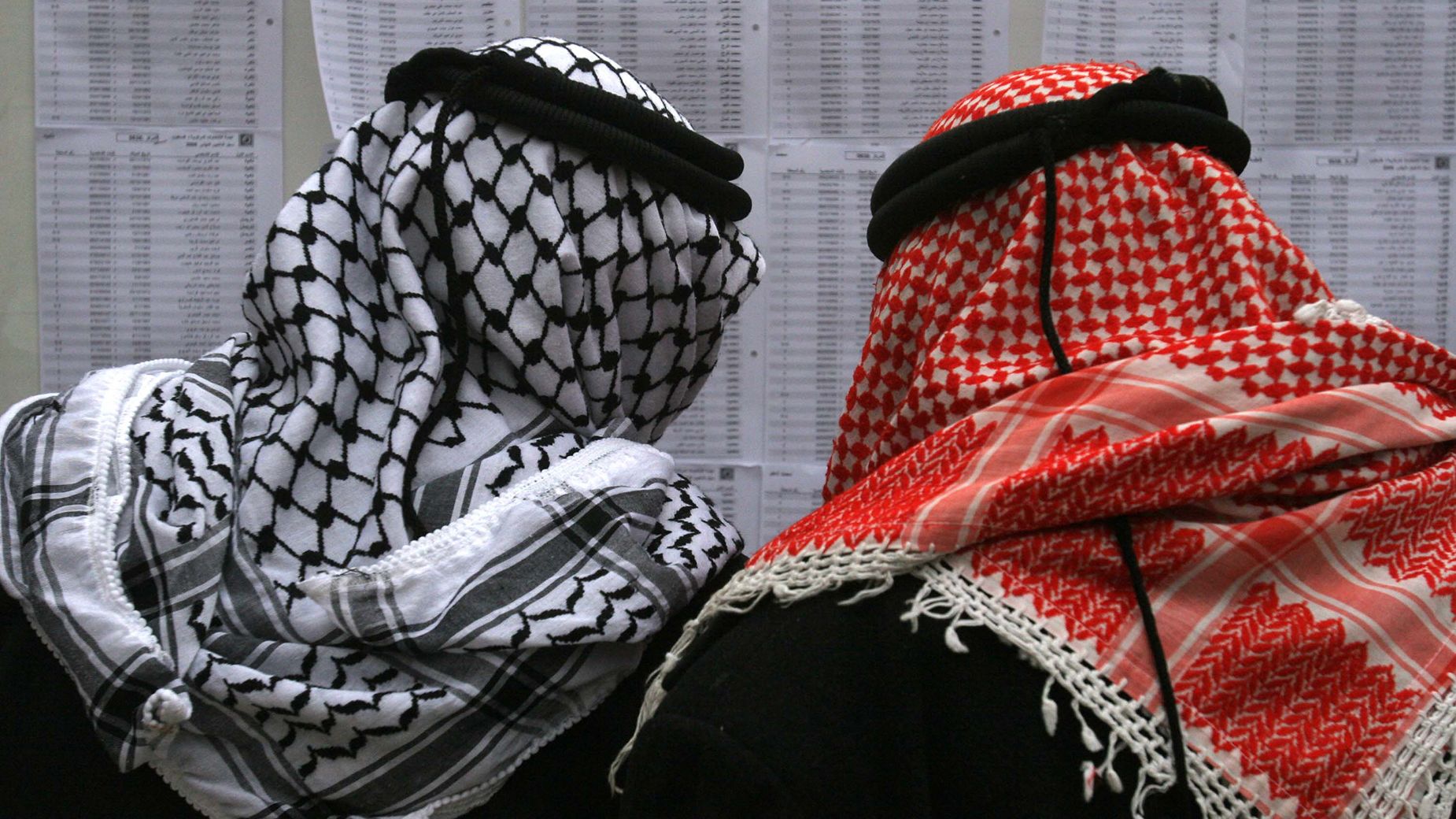Got questions about wearing a Djellaba? Whether you're planning a Morocco trip or just curious about this iconic robe, let's clear up the most common questions people ask.
Can Christians Wear Djellabas?
Yes, absolutely. The Djellaba isn't religious clothing.
While you'll see it worn to mosques during Ramadan and for Islamic celebrations, the Djellaba is fundamentally a cultural garment, not a religious one. It's Moroccan national dress that people of all faiths wear. Christians, Jews, Muslims, and people of any religion live in Morocco and wear Djellabas as part of daily life.
Think of it like wearing a kimono in Japan or a sari in India. These are cultural garments that anyone can wear respectfully, regardless of their personal faith.
What Actually Matters
Your intention and how you wear it. Exploring Marrakech's souks in a Djellaba? Totally fine regardless of your religion. Participating respectfully in a cultural experience? Also fine.
The only consideration is context. If you're entering religious spaces (mosques, but also churches or synagogues in Morocco), modest dress and respectful behavior matter for everyone, regardless of what faith you practice.
Bottom line: Christianity and Djellabas have zero conflict. Wear one if you want to.
How Do You Pronounce Djellaba?
Let's settle this because everyone gets it wrong at first.
Pronunciation: jeh-LAH-bah or jeh-LAB-ah
The "Dj" makes a "J" sound like in "jeans." The emphasis goes on the second syllable. That's it.
In Moroccan Arabic (Darija), you might hear slight regional variations, but "jeh-LAH-bah" works everywhere in Morocco. Don't stress about getting it perfect - Moroccans will understand you.
Other Names You Might Hear
"Jalabiya" or "gallabiya" - more common in Egypt and other Arab countries, but Moroccans know what you mean.
In Berber regions, there are different terms, but "Djellaba" is universally understood across Morocco.
Practice it a few times before you go shopping and you'll sound confident asking for one.
Can Tourists Wear Djellabas in Morocco?
Yes, and Moroccans generally love it.
Most locals appreciate when tourists embrace their traditional clothing. It shows respect for the culture and genuine interest in their heritage. You'll probably get smiles, compliments, and maybe locals helping you adjust it properly or suggesting where to buy a better one.
There's a difference between wearing one respectfully and treating it like a costume though. If you're genuinely interested and wear it appropriately, you're good. If you're doing it purely for Instagram while being disrespectful at cultural sites, that's different.
What Tourists Should Remember
Wear it in appropriate settings. Markets, medinas, casual outings, restaurants are all fine. Religious sites need more consideration - stick to modest colors and traditional styling.
Buy a real one from local artisans. The quality difference between authentic and cheap knockoffs is massive. Plus you're supporting Moroccan craftspeople.
Don't modify it to look ridiculous. Keep it simple and respectful. No cutting it super short or wearing it half-off-the-shoulder for photos.
Context matters. A Djellaba works great for exploring cities, visiting families, or attending cultural events. Less appropriate for clubbing or beach parties.
Most tourists who buy Djellabas in Morocco end up wearing them throughout their trip because they're genuinely comfortable and practical.
Can Women Wear Djellabas?
Of course. Women have worn Djellabas in Morocco for centuries.
The women's version is actually slightly different from men's. It's often more fitted around the waist, features more intricate embroidery, and comes in a wider range of colors and patterns. Some have beautiful beadwork or sequins for special occasions.
For Female Travelers
Women visitors can absolutely wear Djellabas while exploring Morocco. Many female travelers prefer them because they're modest, comfortable in the heat, and help you blend in more naturally (which sometimes means less hassle from overly persistent vendors in tourist areas).
The hood is genuinely practical. Use it for sun protection or if you're visiting a mosque and need to cover your head. Way more comfortable than carrying a separate scarf around.
Popular colors for women: Deep blues, burgundies, emerald greens, traditional earth tones. White is typically reserved for religious occasions, so maybe skip that for your first one.
Styling options: Women have way more flexibility with Djellabas. Add a belt to cinch the waist, pair it with statement jewelry, wear it with heels for evening or sandals for day. The options are endless.
From East London to Birmingham during Ramadan 2025, loads of women wore Djellabas to mosques and Eid celebrations. They're genuinely versatile garments that work across cultures.
Where to Buy a Djellaba in Marrakech
Marrakech is Djellaba shopping heaven. You've got options everywhere, from tourist traps to authentic artisan workshops.
Best Places to Shop
The Medina Souks Start here. The souks near Jemaa el-Fna square have dozens of shops selling Djellabas. Quality varies massively, so check the stitching, feel the fabric, and don't be afraid to walk away if it feels cheap.
Expect to haggle. Initial prices are usually inflated for tourists. A decent cotton Djellaba should run 300-600 dirhams (roughly £25-50). High-quality wool or embroidered ones can go for 1000+ dirhams.
Souk Semmarine and Souk el Kebir These specific souks within the medina have concentrated areas of textile and clothing merchants. You'll find both ready-made Djellabas and tailors who can make custom ones.
Ask around for recommendations. Often the best artisans are tucked away in corners that tourists miss.
Ensemble Artisanal Government-run complex of artisan workshops near the Koutoubia Mosque. Fixed prices (no haggling), but you're guaranteed quality and fair pricing. Great if you hate negotiating or want to see craftsmanship in action.
Slightly higher prices than the souks, but zero stress and consistent quality.
Gueliz (New Town) The modern part of Marrakech has shops with higher-end Djellabas. More expensive but consistent quality. Good if you want something really special and don't have time to hunt through the medina.
Boutiques here cater to both locals and tourists, so you'll find contemporary styles alongside traditional designs.
Shopping Tips That Actually Help
Go in the morning. Shops are less crowded, vendors are fresher, and you'll have more time to browse without feeling rushed. Plus they might be more willing to negotiate.
Check quality markers: Tight, even stitching. Proper hemming with no loose threads. Fabric weight appropriate for the season. Symmetrical embroidery if it's decorated. The buttons should be securely attached.
Try it on. Sizes aren't standardized in Morocco. What looks fine hanging might fit weird on your body. Make sure the shoulders sit right and the length works.
Ask about fabric. Cotton for summer, wool for winter, cotton blends for year-round wear. The vendor should be able to tell you what it's made from.
Custom orders need time. If you're having one tailored, allow at least 2-3 days for completion. Rush jobs usually mean sloppy stitching and poor fit.
Bring cash. Many smaller shops don't take cards. Dirhams work best for negotiating too.
What to Avoid
Those super cheap Djellabas for 100 dirhams near major tourist spots. They fall apart after one wash and the fabric is usually scratchy synthetic material.
Shops that pressure you aggressively. There are hundreds of options in Marrakech. You don't need to buy from someone making you uncomfortable.
Buying without checking if exchanges are possible, especially for custom work. Get clarity upfront.
Typical Marrakech Prices
Basic cotton Djellaba: 250-400 dirhams Quality cotton with embroidery: 500-800 dirhams
Wool Djellaba: 800-1500 dirhams Premium silk or heavily embroidered: 1500+ dirhams
These are rough guides. Your haggling skills and the specific shop will affect final prices.
Should You Actually Buy One?
Real talk: if you're spending more than a few days in Morocco, a Djellaba is genuinely useful. It's comfortable in the heat, appropriate for basically any situation, and makes navigating markets way easier.
Plus, it's a legitimate souvenir you'll actually use. Unlike those decorative tagines that sit on your shelf forever, you can wear a Djellaba at home as loungewear, a beach cover-up, or for cultural events.
The Djellabas that became huge in UK mosques during Ramadan 2025? Many of those came from travelers who bought them in Marrakech, brought them home, and realized how versatile they are. Come Ramadan 2026 in February, expect even more people wearing them as practical winter options for mosque visits.
The Bottom Line
Christians can wear Djellabas. Tourists can wear Djellabas. Women can wear Djellabas. Anyone can wear them as long as it's done with respect and genuine appreciation for Moroccan culture.
It's pronounced "jeh-LAH-bah" and you can buy excellent ones all over Marrakech's medina, especially in Souk Semmarine and at the Ensemble Artisanal.
Don't stress about getting everything perfect. Moroccans are generally welcoming and appreciate when visitors engage with their traditions authentically. Buy a real one from local artisans, wear it appropriately, and enjoy one of the most comfortable garments you'll ever own.



